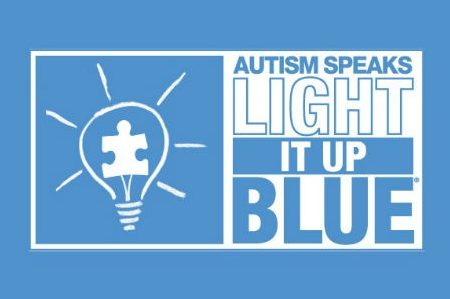
A two-year study done by the CDC showed a stable ratio (one in 68 eight year-olds) of students affected by autism. Today, three million people are living with autism, but just because the ratio has remained constant doesn’t mean the total isn’t expanding. In fact, the number affected likely has increased, since the U.S. population has grown. As the prospects for a cure remain uncertain, it’s important special needs companies continue to work toward helping children succeed.
CB&A believes strongly in this mission. Everyone, including students with autism, brings unique strengths and opportunities to the table. CB&A, through the process of creating and sharing meaningful stories, has become the go-to agency in the industry for drawing attention to companies who work with those trying to improve education and treatment opportunities for students on the spectrum. We’ve highlighted below how three of our clients are making an impact in the special needs industry.
As the use of technology in the classroom increases, students with autism can have difficulty with digital learning assignments because of sensory sensitivity. Califone provides the Hush Buddy Hearing Protector to block out external noise and allow students with heightened auditory sensitivities to focus on learning activities. Each Hush Buddy features an industry-leading noise reduction rating of 27dB, which lets in 24.2 percent less sound than similar tools.
Superplus offers SuperSpeak, an Augmentative and Alternative Communication (AAC) tool that helps non-verbal children learn language skills. Teachers, parents and special needs providers can customize the app by adding photos from the child’s environment as vocabulary words. They can also develop visual vocabulary lessons that target the child’s likes and needs. The cloud-based environment provided by the app makes it easy for instructors to maintain consistent practices across therapy, school and home.
Children on the autism spectrum often have difficulty in social situations, leading to larger implications for academic, career and social success. The research-based Robots4Autism program delivers a humanoid robot named Milo to teach behavior social skills that help children understand emotions and appropriate behavior. Preliminary research indicates that children often engaged more with Milo than with a therapist when both are in the same room.
What has your work done to improve the lives of children with autism? Share your thoughts in the comment section below.


